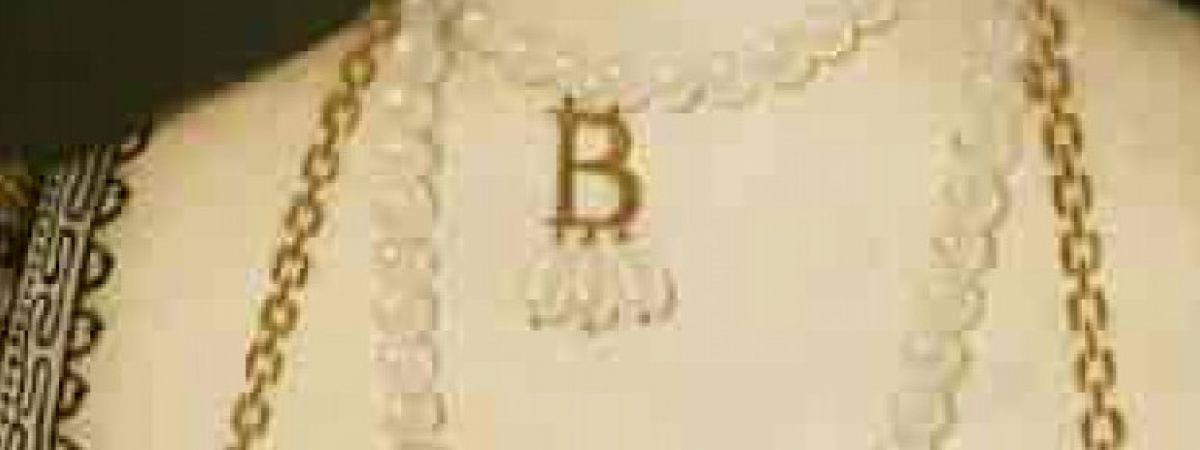Tudor Myths

Share
Anne Boleyn must be crowned the most divisive Tudor. To this day she inspires a cult of followers and is constantly being reimagined on screen and in literature. But how much do you actually know about this infamous queen?
Myth 1: She had six fingers
A common misconception about Anne Boleyn is that she had six fingers on one hand, but that is all it is a misconception. In the 16th century, an abnormality such as an extra finger would have been thought to be a sign of witchcraft and Henry would have never have married someone with a defect like this. There are also no contemporary sources which mention Anne having an extra finger. Instead these rumours started during her daughter Elizabeths reign. Nicholas Sanders book in 1585 was the first to circulate this rumour; he was incredibly biased as he was hostile to the reformation and was trying to blacken the names of Elizabeths parents while he was in exile from England. From this point on, the idea that Anne Boleyn had six fingers has lived on in popular memory.
Myth 2: She was very beautiful
You might be surprised to find out there are no reliable contemporary likenesses of Anne Boleyn. The portraits that do exist all look very different from each other and are likely reproductions of originals which were destroyed when she fell from power. The image most people have of Anne, with her oval face, dark features and a golden B with pendant pearls hanging from her neck, could very well not be a true likeness of Anne.
Anne Boleyns image has been reproduced as that of an alluringly beautiful young woman, but the truth is she was not beautiful in a conventional 16th century way. Her eyes were said to be black and beautiful and she was ivory-skinned with dark hair. Conventional beauty standards in 16th century saw those who were blond and very fair as the most beautiful. Anne Boleyns beauty was not regarded as her greatest asset rather it was her mind.
Myth 3: She gave birth to a deformed fetus
Anne Boleyn miscarried in 1536 and it is commonly stated that the fetus was deformed. This is used as evidence to support that she committed incest or was involved with witchcraft. Although almost every version of historical fiction states this as fact, according to contemporary sources the baby Anne miscarried was not deformed. Due to the intense interest in the birth of royal children, this is something that would have been mentioned in accounts of the miscarriage. Again, it is not until the writings of Nicholas Sander, who was trying to discredit Annes name, that a deformed fetus is mentioned. He is also the one who described Anne as having a projecting tooth, a large wen and six fingers.
Myth 4: She was a witch
Many people believe that Anne Boleyn was charged with witchcraft and that allegation led to her death, however this is not the case. These allegations were again propaganda created after she died. Nonetheless, witchcraft was a big concern at the time that Anne was alive and it is possible that some of her contemporaries actually believed she was a witch. People in Tudor England believed that witches enticed men into sexual immorality, gave birth to deformed children, enticed men into marriage, committed unnatural sexual acts, such as incest, and could afflict men with impotence. As Anne was accused of adultery, it is not a big leap to assume some might have thought she was a witch. In fact, some historians have said that it is very plausible that people at the time, including Henry VIII, could have actually believed Anne was a witch.